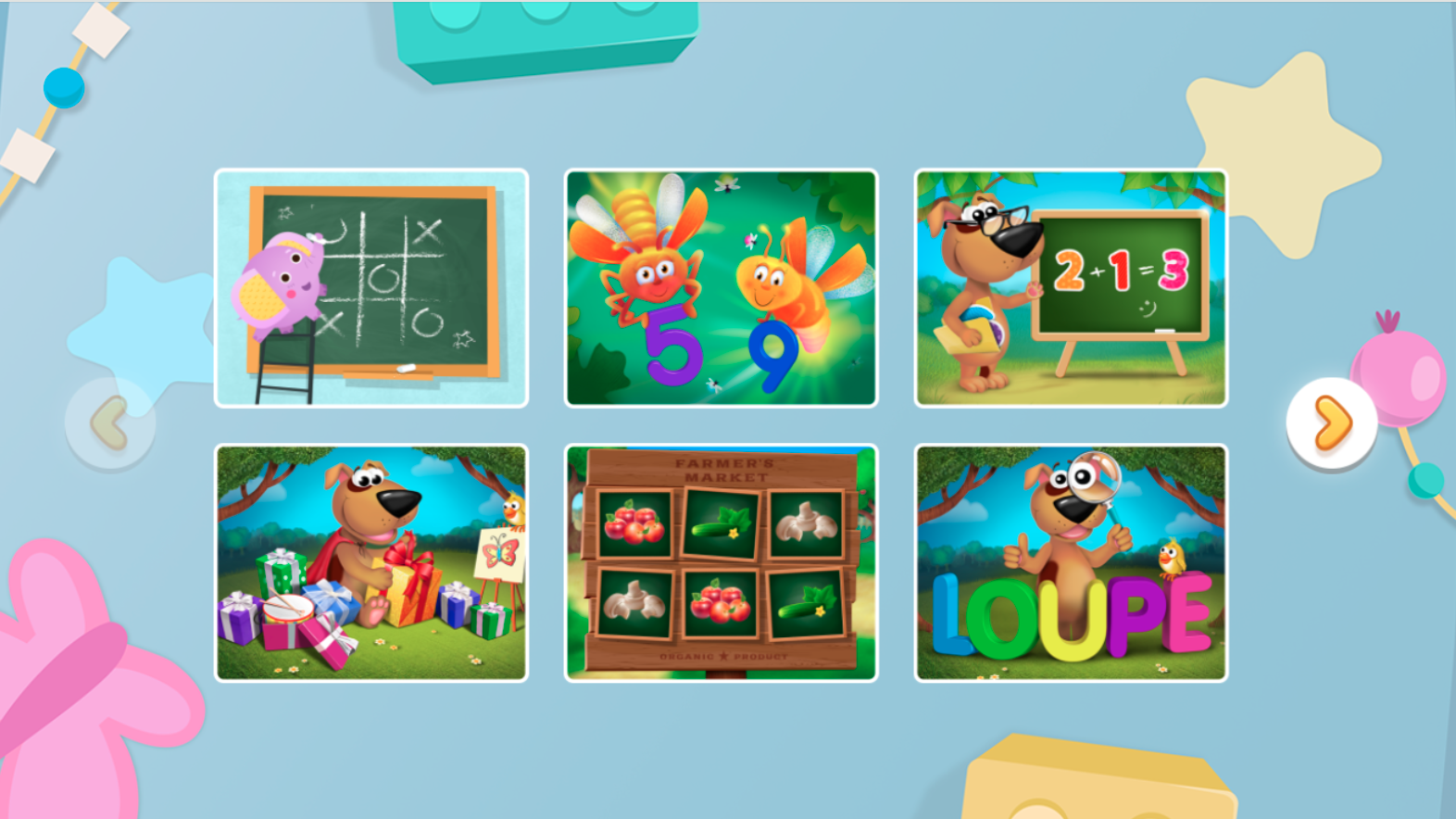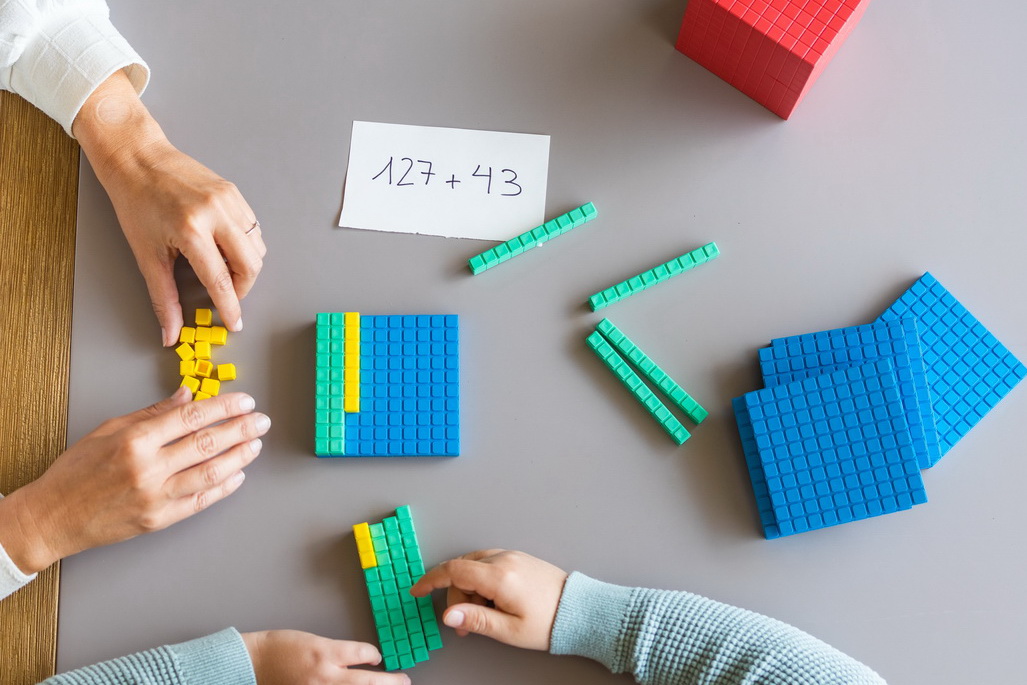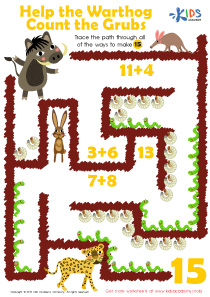Normal Subtraction Worksheets for Ages 3-4
4 filtered results
-
From - To
Discover "Normal Subtraction Worksheets for Ages 3-4" designed by Kids Academy to engage your little learners in foundational math skills. Our worksheets use fun themes and simple visuals to introduce subtraction concepts effectively. Each exercise is tailored to the developmental stage of 3-4-year-olds, helping them understand basic subtraction while enjoying the process. Ideal for both classroom and at-home learning, these resources support cognitive development and early math confidence. Foster your child's numerical abilities through interactive and age-appropriate activities with Kids Academy's expertly crafted worksheets. Encourage a love for math from the start!
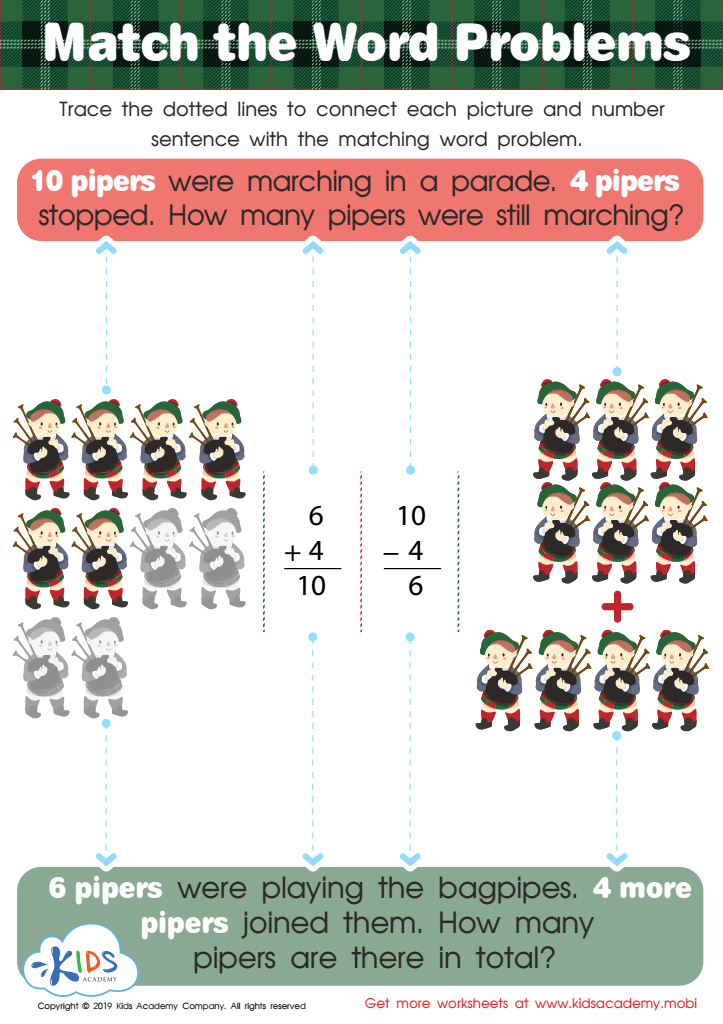

Match the Word Problems Worksheet
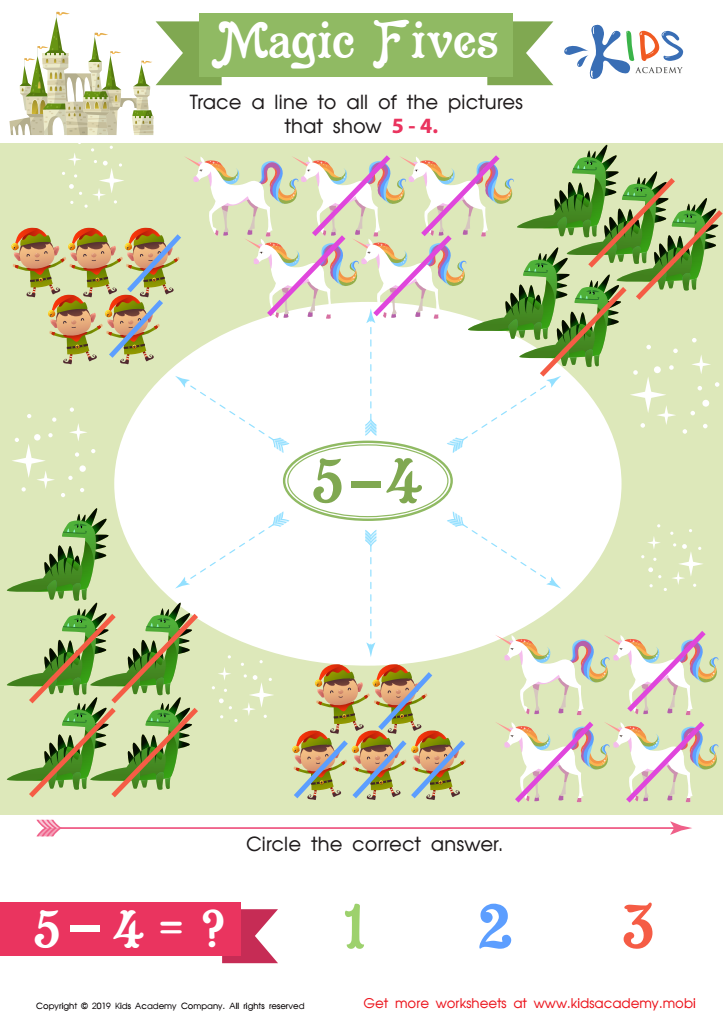

Magic Fives Worksheet
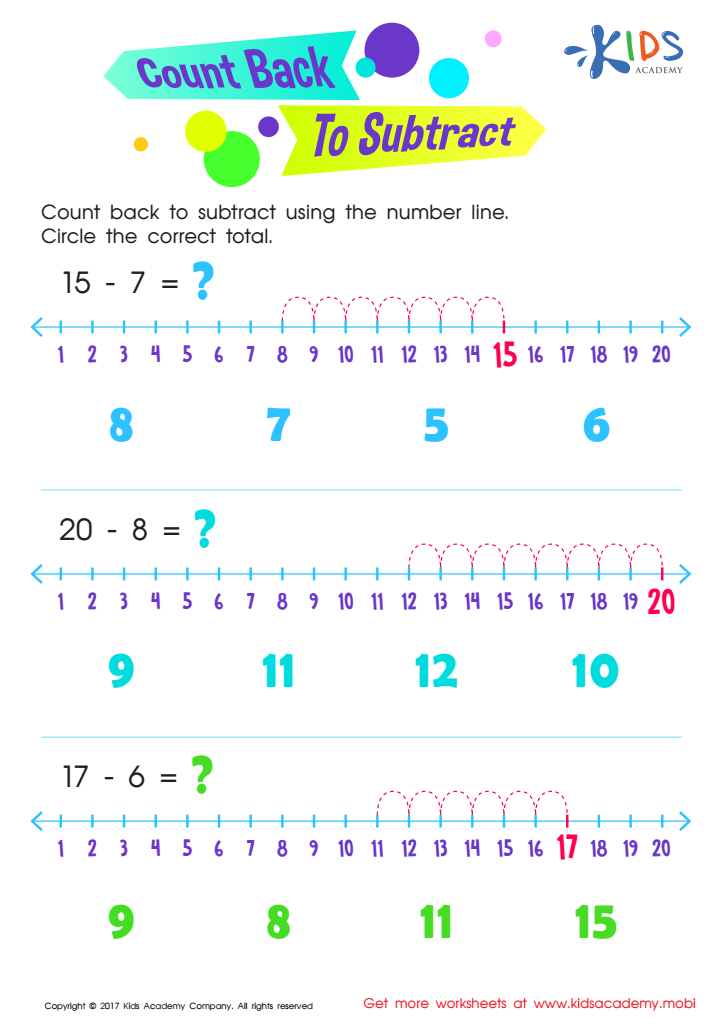

Count Back to Subtract Substraction Worksheet
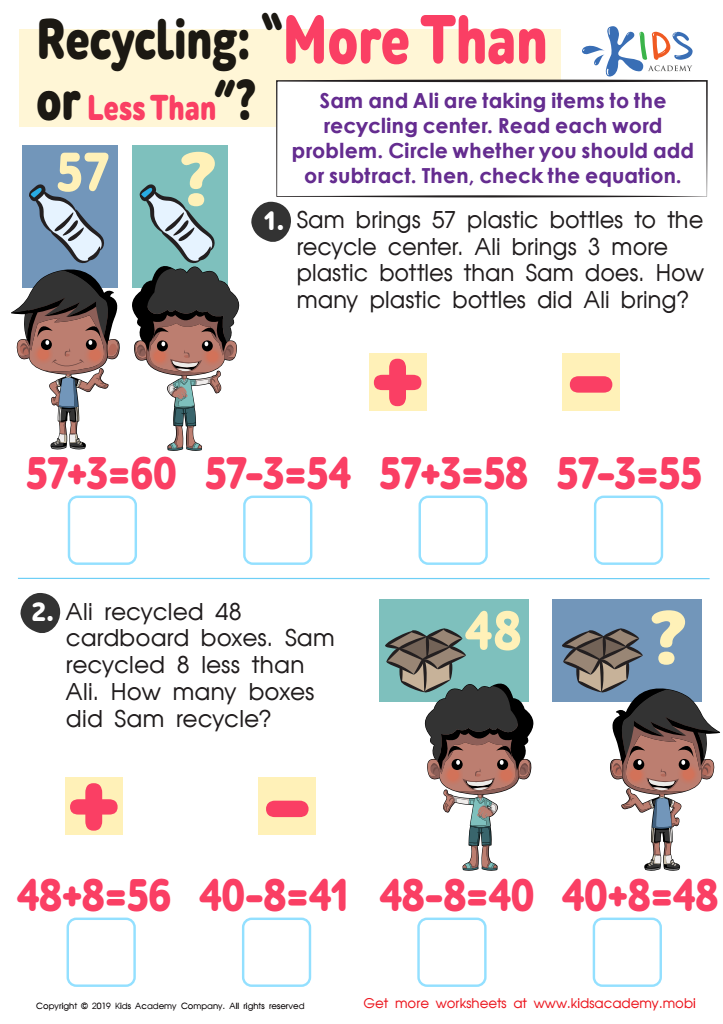

Recycling - More or Less Worksheet
Parents and teachers play a critical role in nurturing young children's mathematical abilities, and introducing the concept of normal subtraction to ages 3-4 is a vital component of early math education. Understanding subtraction lays the groundwork for future mathematical learning, including more complex operations and problem-solving skills.
At this tender age, children's brains are highly receptive and wired for learning new concepts. Subtraction can be taught in engaging and playful ways, such as using physical objects like toys or snacks. For instance, if you have five apples and take away two, asking "How many are left?" can help children visually and tangibly understand the concept of taking away.
Early exposure to subtraction hones a child's ability to think critically and logically. It enhances their understanding of numbers as part of a whole and fosters their ability to represent and communicate their mathematical thinking. These are essential skills not just for math but for all areas of learning and life.
Moreover, mastering early subtraction builds a child's confidence in their mathematical abilities, creating a positive relationship with math from the outset. So, investing time and effort into teaching normal subtraction to children aged 3-4 can have long-lasting benefits, setting a strong foundation for future academic success and cognitive development.
 Assign to My Students
Assign to My Students





